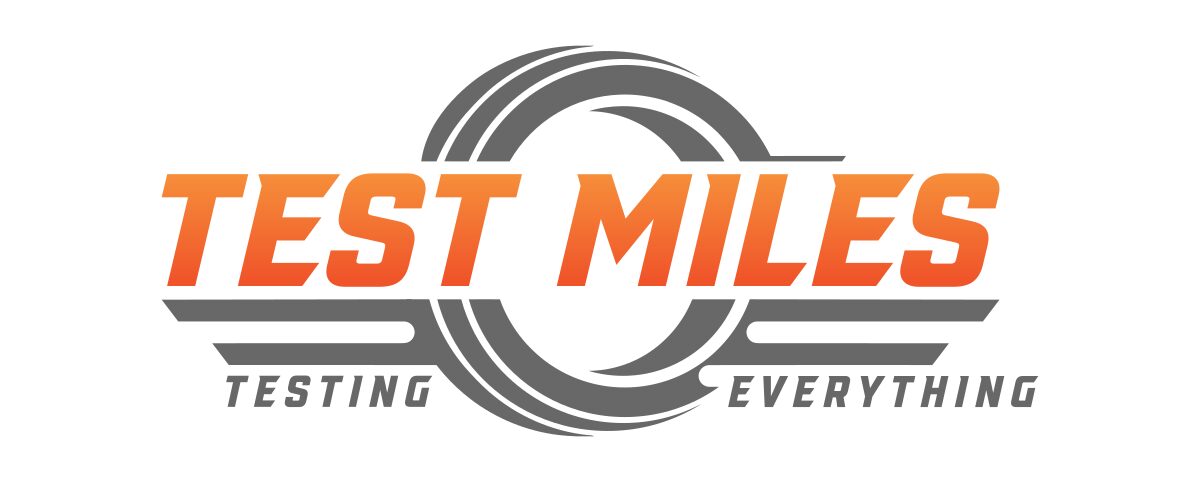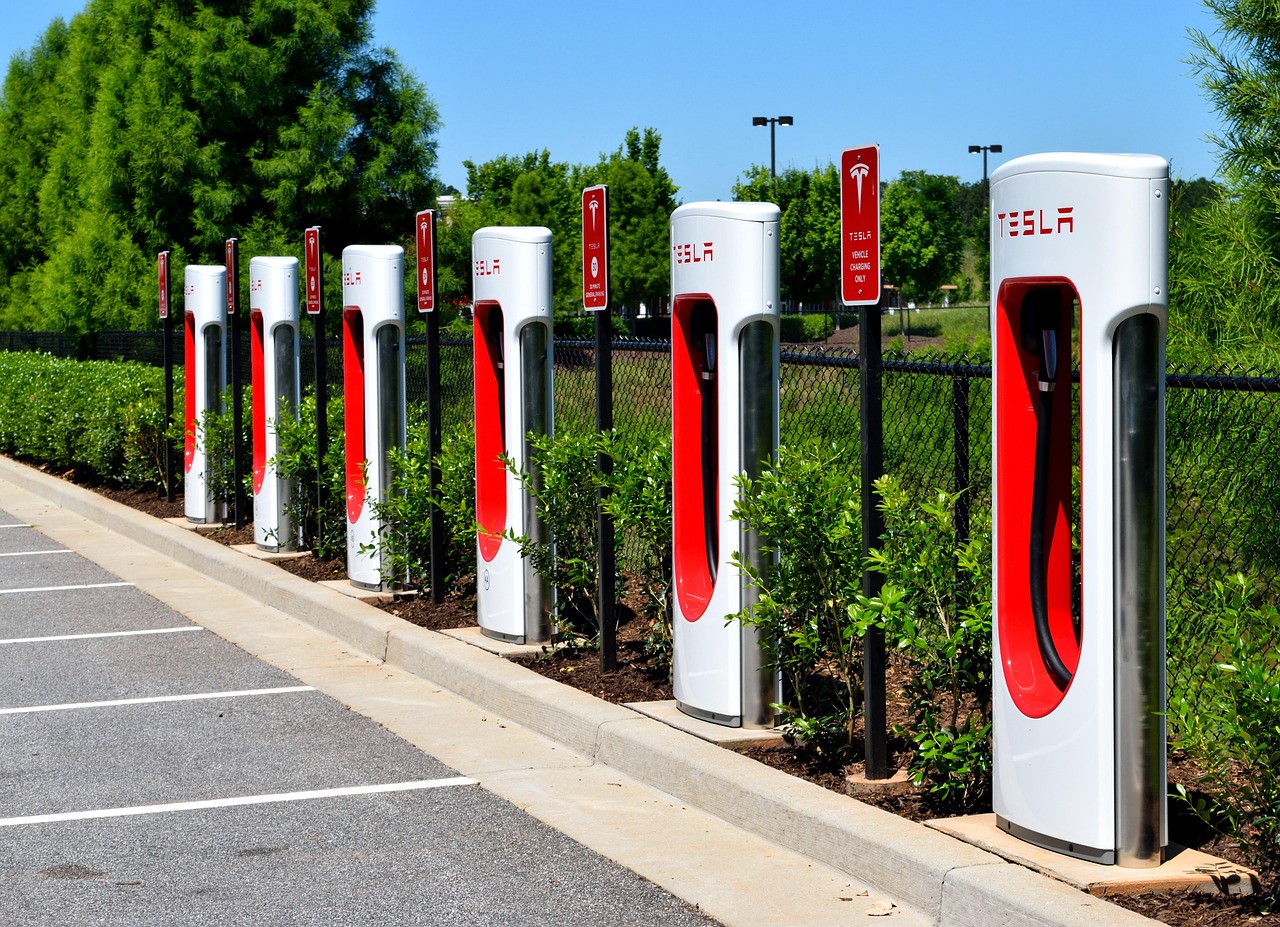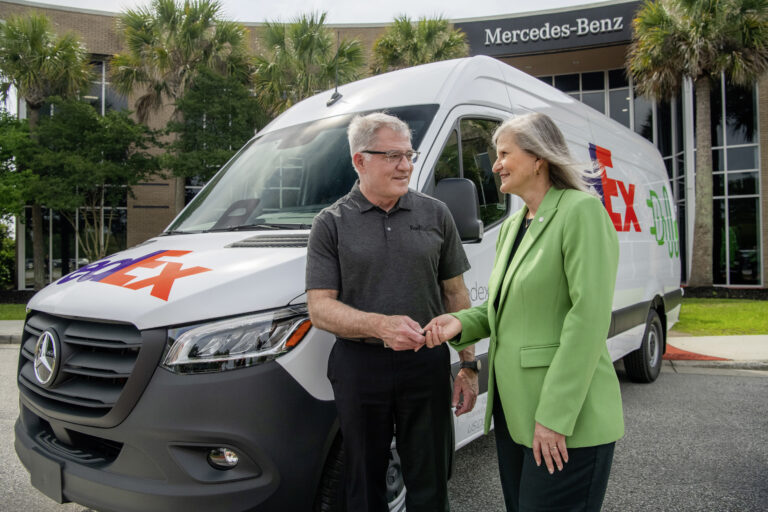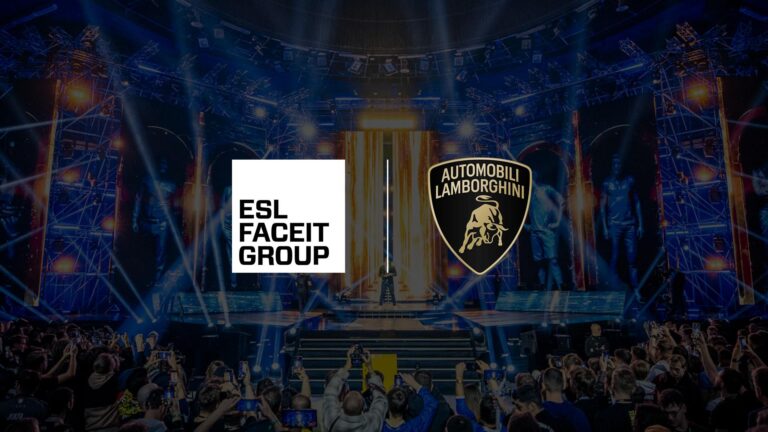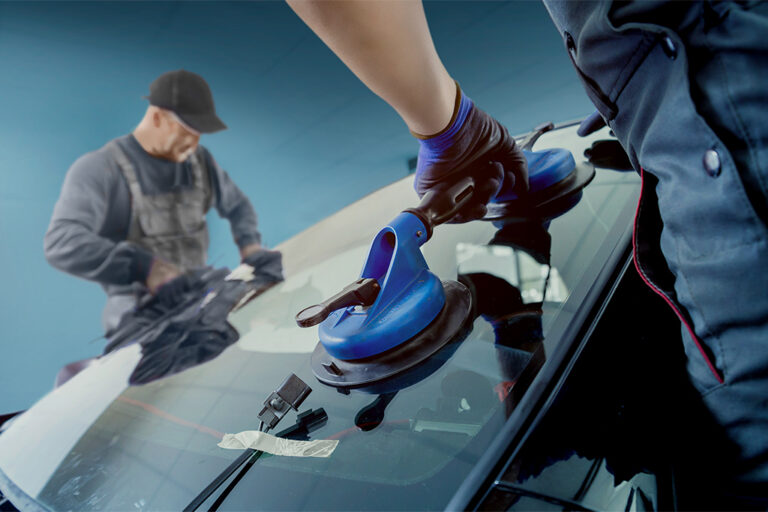Tesla Under the Microscope: Autopilot Promises, Supercharger Layoffs, and the End of the Road Trip Renaissance?
By Nik Miles
Q: What’s the big news about Tesla now?
Another day, another headline—except this one could throttle Tesla’s cruise control ambitions. The U.S. Department of Justice has launched a criminal investigation into whether Tesla misled investors and the public about the capabilities of its Autopilot system. The inquiry—rumoured to focus on potential securities and wire fraud—raises eyebrows in boardrooms and basements alike.
If that weren’t enough, Elon Musk abruptly gutted Tesla’s entire Supercharger team last week. Yes, the very people who built the nation’s most expansive EV charging network have been unplugged. Over 500 employees—gone in a puff of electrons. One might call it spring cleaning. Others are calling it self-sabotage.

Q: Wait, is Autopilot under criminal investigation? How serious is this?
In one word: very. This isn’t about missed software updates or an overzealous marketing intern. Prosecutors are examining whether Tesla exaggerated the autonomy of its driver-assist features. If those exaggerated claims inflated share prices—or lulled consumers into a false sense of safety—the fallout could be immense. Think less “oops” and more “oops, we’ve subpoenaed your server logs.”
Of course, Tesla has always walked a tightrope between innovation and overstatement. Calling a Level 2 driver-assistance system “Autopilot” was cheeky at best and reckless at worst. Now, with multiple fatal crashes under federal review and internal emails allegedly revealing internal doubts, the DOJ is sniffing around for something more than regulatory violations.

Q: What about the Supercharger team? Isn’t that one of Tesla’s best assets?
You’d think so. Tesla’s Supercharger network is widely seen as the company’s crown jewel—the equivalent of Apple Stores, but for electrons and Starbucks parking lots. In a market where “range anxiety” is the EV industry’s bogeyman, Tesla’s proprietary network was its monster under the bed slayer.
So, why ax the team that built it?
Musk reportedly wants third parties—like BP Pulse and Love’s—to build and operate chargers instead. In a vacuum, this sounds like strategic outsourcing. In practice, it looks like panic cost-cutting. Especially when Ford, GM, and Hyundai are all prepping to plug into Tesla’s network under recent deals.
Imagine Airbnb firing all the people who maintain the houses—then inviting Marriott to move in. It’s not bold; it’s baffling.

Q: How does this affect me as a driver or investor?
If you’re a Tesla owner, brace for charger delays, maintenance lapses, and more “temporarily out of service” signs. Tesla insists that operations will continue. But as any road tripper knows, EV convenience hinges on real-time reliability. If chargers break and no one’s around to fix them, do they even exist?
For investors, the storm clouds are financial as well as reputational. Autopilot investigations affect consumer trust. Supercharger layoffs affect competitive advantage. And both affect the one thing Wall Street values above all: perception.

Q: Is Tesla still the EV king, or are we witnessing a slow dethroning?
It’s a fair question—and one Musk himself seems eager to provoke. In recent months, Tesla’s focus has swerved from product expansion to austerity measures, cryptic tweets, and courtrooms. Meanwhile, rivals like Hyundai, BMW, and even Lucid are gaining ground with practical innovation and PR restraint.
Tesla still sells cars. Lots of them. But the brand that once defined the future is starting to feel… retro-futuristic. Like a sci-fi novel from 2011—visionary, but stuck in an older version of tomorrow.

Q: Could this all blow over, or is Tesla at a turning point?
Let’s not overreact—Tesla has weathered storms before. But this time feels different. It’s one thing to miscalculate production timelines. It’s another to face legal scrutiny for selling the idea of autonomy as if it were already reality.
And while Musk remains a master of reinvention, even the most devout disciples are growing weary of the rollercoaster. The company’s next move—be it apology, clarification, or doubling down—will define its trajectory for years to come.

Final Thoughts: Is this the beginning of the end?
No, but it could be the end of the beginning. Tesla still has remarkable technology, undeniable market presence, and a CEO who commands more attention than half the Fortune 500 combined. But now, it also has a trust deficit.
And in the automotive world—where safety, infrastructure, and honesty are the only things between you and a fiery pile-up on I-5—that deficit may cost more than even Elon can afford.
📢 Enjoyed this article? Stay in the driver’s seat with more automotive insights! Follow @NikJMiles and @TestMiles on social media for the latest news, reviews, and behind-the-scenes exclusives. Don’t miss out—join the conversation today!
